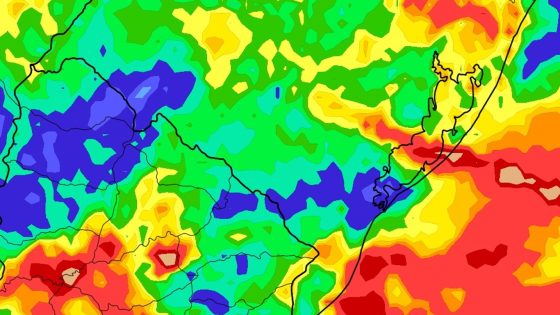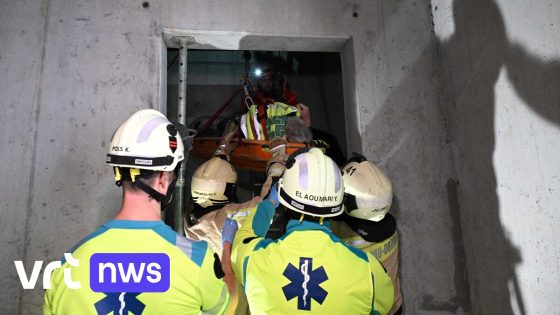On February 12, 2025, Belgian authorities dismantled a major Albanian drug gang involved in cannabis cultivation. The operation revealed that the group used residential properties across various municipalities to hide their illegal activities. How did they manage to operate so extensively without detection?
- Criminal network used residential homes for cannabis.
- Properties located in various Belgian municipalities.
- Monthly rental prices between 1,700 and 2,600 euros.
- Fake identity documents used for rental contracts.
- Authorities uncovered 11 cannabis plantations.
- Estimated annual yield of over 1,050 kg cannabis.
Belgium‘s Crackdown on Cannabis Cultivation: A Major Drug Bust
This recent police action raises questions about how such networks can thrive unnoticed. With 11 cannabis plantations discovered and nearly 8,000 plants seized, it highlights a serious issue within urban communities in Belgium.
The Scale of the Operation: Insights into Cannabis Plantations
The scale of this operation is alarming. Authorities found that the gang rented homes in several neighborhoods, often using fake identities to secure leases. These homes typically had monthly rents between €1,700 and €2,600.
Key Locations Involved in the Drug Network
The criminal network operated across multiple regions in Belgium:
- Sint-Genesius-Rode
- Lasne
- Watermaal-Bosvoorde
- Sint-Pieters-Woluwe
- Mons (Bergen)
- Fontaine-l’Evêque
- Herent
- Gosselies
- Rixensart
- Bertrix
- Soignies
- Jette
The Financial Impact of Cannabis Production on Local Communities
The estimated annual yield from these operations exceeded 1,050 kilograms of cannabis, valued at around €4.2 million. Such large-scale production not only fuels addiction but also destabilizes local economies.
Tackling Drug Networks: What’s Next for Law Enforcement?
This bust signals a strong commitment from law enforcement to tackle organized crime. As authorities continue their investigations, community awareness will play a crucial role in preventing future operations like this one.
This incident serves as a reminder of the ongoing challenges posed by drug trafficking networks worldwide. It’s essential for communities to stay vigilant and support efforts aimed at eradicating such threats.































